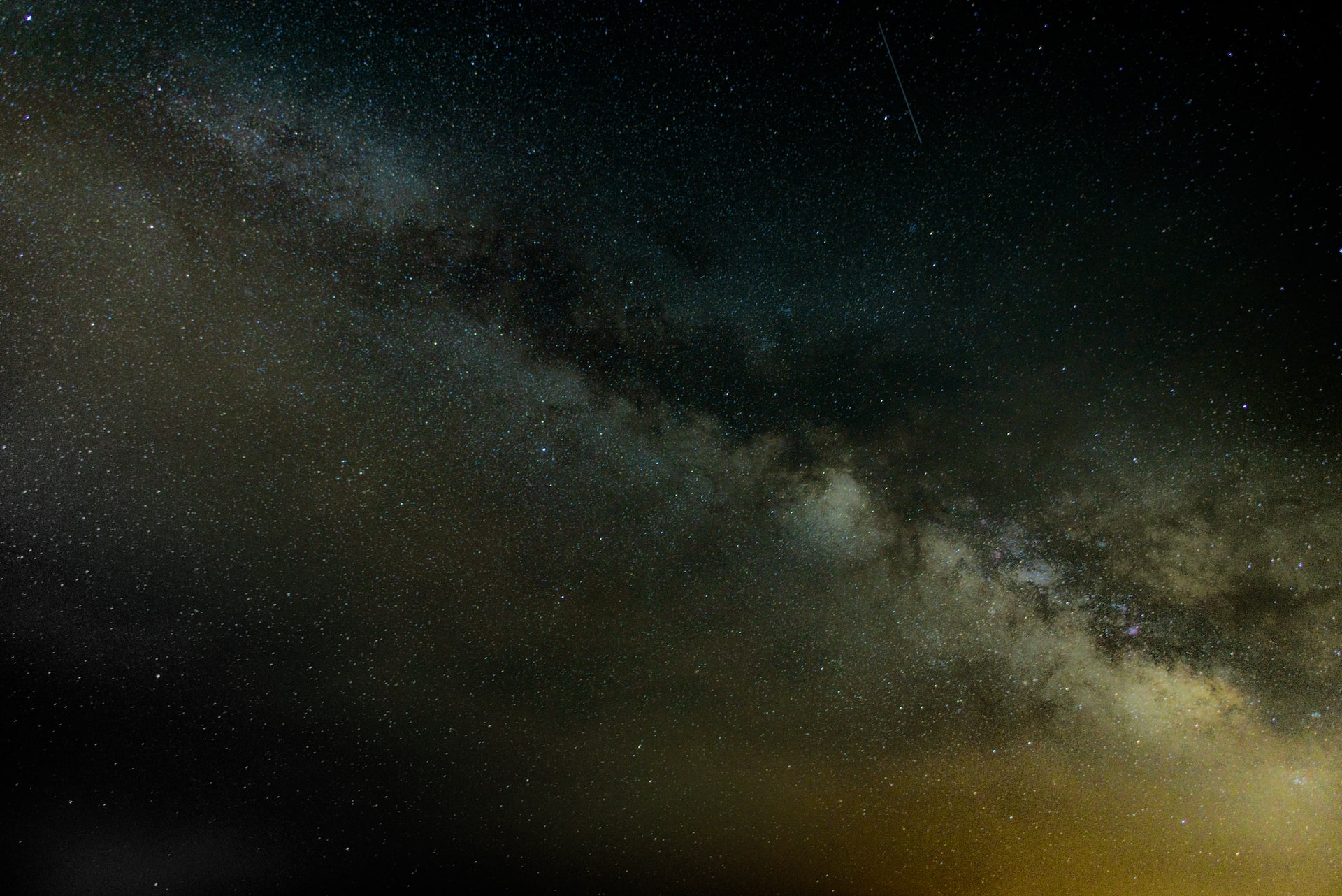The Most Surprising Facts About Space Debris You Never Knew

Space debris, also known as space junk, is a growing concern for the space industry and for the future of space exploration. It’s estimated that there are more than 100 million pieces of space debris larger than 1 cm orbiting the Earth. This debris can pose a threat to active satellites and even to astronauts on the International Space Station.
But there’s more to space debris than just its potential dangers. In this article, we’ll take a closer look at some of the most surprising facts about space debris and what it tells us about our history in space.
Space Debris is Not Just Metal
Contrary to popular belief, space debris is not just made up of metal fragments and broken satellites. It also includes paint flecks, frozen coolant, and even lost tools. The largest piece of space debris ever recorded was a discarded Soviet-era fuel tank, weighing over 7 tons.
Space Debris Can Stay in Orbit for Decades
Due to the velocity of space debris, it can remain in orbit for many years, even decades. The average lifespan of a piece of space debris is estimated to be around 25 years, but some pieces have been observed orbiting the Earth for over 50 years. This makes it difficult to predict where space debris will be at any given time and to plan for its removal.
Space Debris Can Reach Speeds of up to 17,500 mph
The speed at which space debris travels is staggering. At these speeds, even a small piece of debris can cause significant damage to a satellite or spacecraft. For example, a 1 cm piece of debris traveling at 17,500 mph has the kinetic energy of a bowling ball weighing 2.2 lbs.
Space Debris Can Cause a Domino Effect
Space debris can cause a domino effect in space. When two pieces of debris collide, they can break into multiple smaller pieces, which can then collide with other pieces of debris and create even more debris. This is known as the Kessler Syndrome, and it’s a real concern for the future of space exploration.
Space Debris is Tracked by Ground-Based Radar
Space debris is tracked by ground-based radar to help prevent collisions with active satellites and to monitor its movements. The US military operates the Space Surveillance Network, which tracks over 23,000 objects in space, including space debris.
Space Debris Can Be Cleaned Up
Despite the challenges posed by space debris, there are ongoing efforts to clean it up. Companies like Astroscale and the European Space Agency are developing technologies to capture and remove space debris from orbit. These technologies include robotic arms, netting, and even harpoons.
The Number of Space Debris is Increasing
Despite efforts to clean up space debris, the number of pieces in orbit is still increasing. In the past few decades, the amount of space debris has doubled every five years, largely due to the increasing number of launches and the proliferation of satellites.
Space Debris is a Global Problem
Space debris is not just a problem for one country or region, it’s a global issue that affects us all. With over 100 countries operating satellites in space, it’s important that international efforts are made to address the issue of space debris and prevent it from becoming a greater problem in the future.
The First Piece of Space Debris was a Lost Tool
The first piece of space debris ever recorded was a lost tool that was dropped during the Gemini 4 mission in 1965.
Conclusion
Space debris is a growing issue in the realm of space exploration, with thousands of pieces of debris orbiting Earth and posing a threat to satellites and astronauts. Despite this, there are many surprising facts about space debris that many people are unaware of. From its origins to its impact on our economy, understanding space debris is crucial for ensuring the safety and success of our ventures into space.





